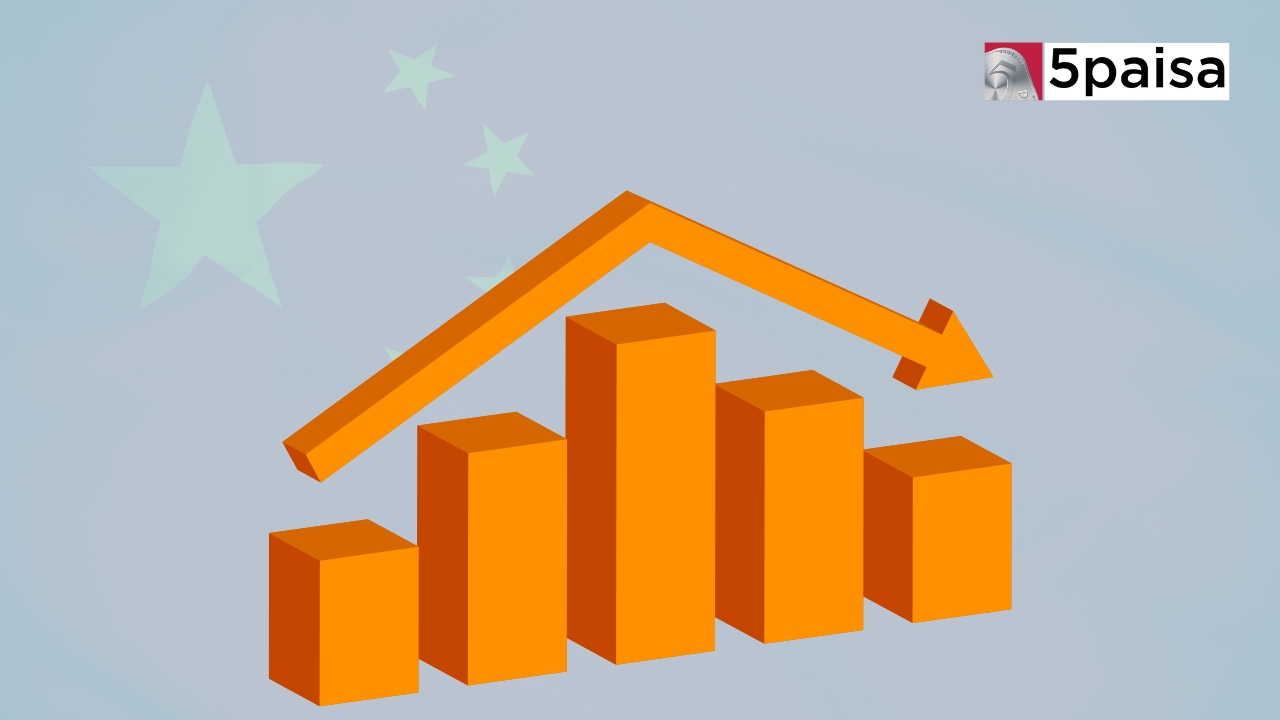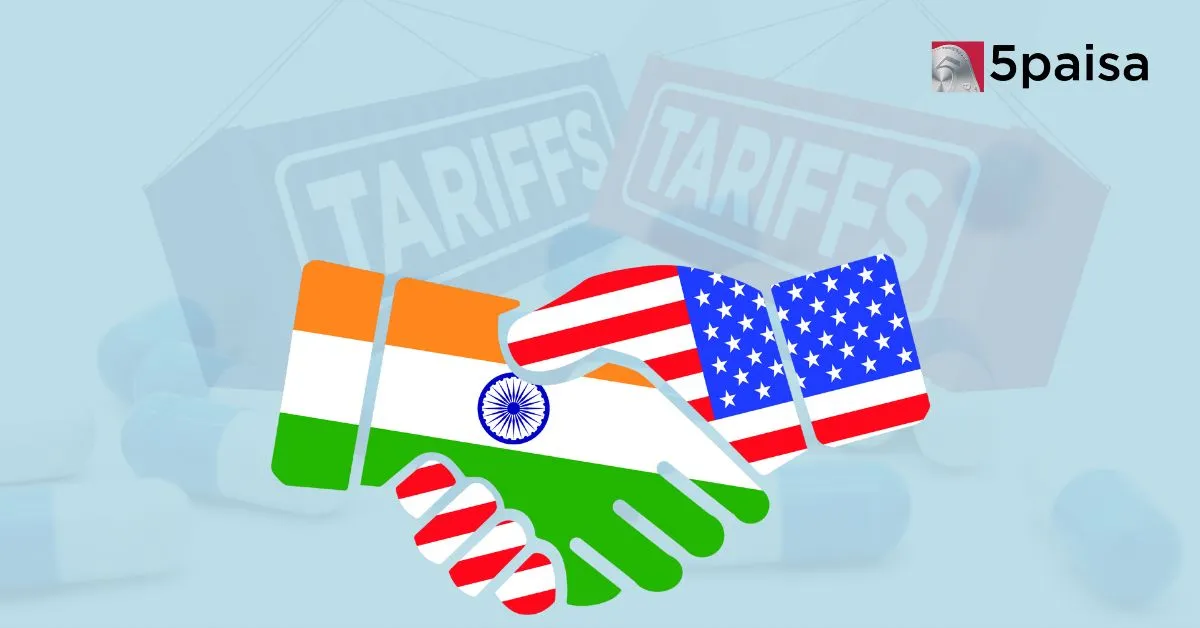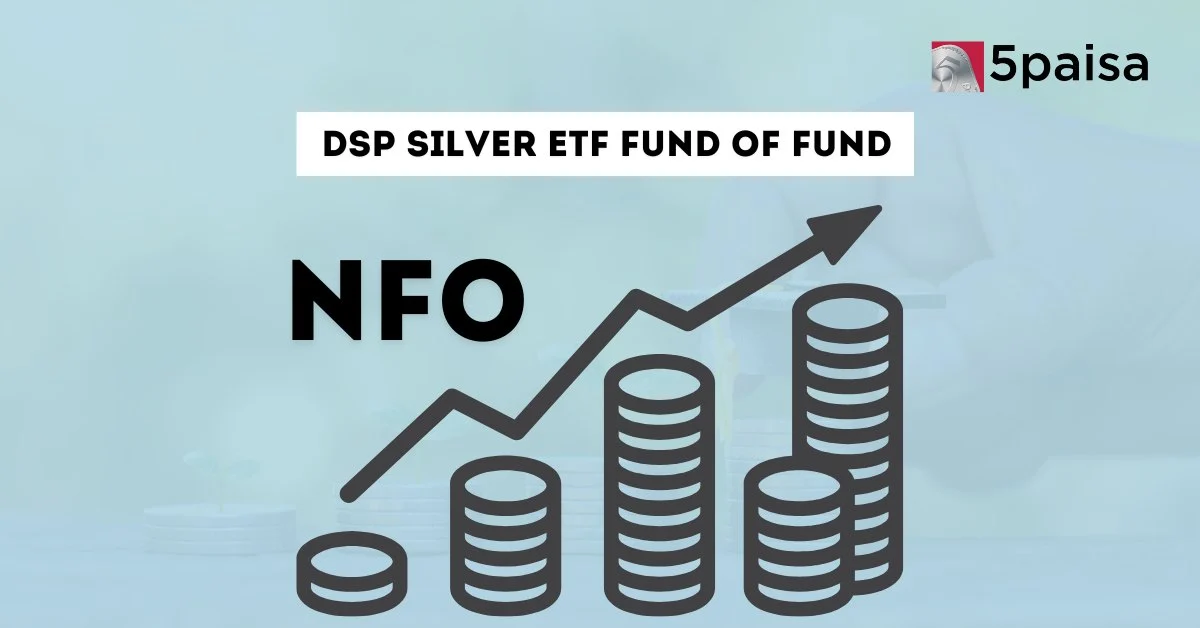SEBI Partners with DigiLocker to Secure Investors' Interests and Reduce Unclaimed Assets
China's $839 Billion Stimulus Budget: Key Highlights and Analysis

China has approved a significant new fiscal stimulus to bolster its slowing economy, unveiling an $839 billion refinancing package for local government debt. The plan, approved by the National People's Congress (NPC), includes provisions for debt relief and infrastructure investments over the next three years. As China faces new economic challenges and trade tensions with the recent re-election of Donald Trump as U.S. President, this stimulus aims to stabilize growth and address financial strains on local governments. Here, we break down the highlights of the stimulus package, assess its impact, and provide an analysis of what this means for China’s economy and the global market.
Key Highlights of China's Stimulus Package
Debt Relief for Local Governments
The approved stimulus package includes a debt swap plan to alleviate the financial burden on local governments. Over the next three years, the government will refinance approximately $839 billion, or 6 trillion yuan, of local government debt. This is intended to replace hidden or off-balance-sheet debts, providing much-needed relief and improving fiscal sustainability.
Reduction in Hidden Debts
China's hidden debts, primarily consisting of off-the-books liabilities of local governments, have been a longstanding issue. According to the Finance Minister, the stimulus plan will reduce these hidden debts from 14.3 trillion yuan to approximately 2.3 trillion yuan by the end of 2028. This dramatic reduction is anticipated to free up resources that can be redirected toward economic development and public welfare.
Savings on Interest Payments
The debt swap is expected to reduce interest payments by 600 billion yuan over five years. These savings will allow local governments to allocate funds to essential projects, helping stimulate regional economic growth without exacerbating debt pressures.
Fiscal Discipline and New Regulations
To prevent a recurrence of hidden debts, China’s finance ministry announced a “zero tolerance” policy on any new hidden debts from local governments, calling it an "iron rule." The central government aims to tighten financial discipline among localities and avoid any fresh build-up of off-balance-sheet liabilities.
Green Initiatives and Energy Reforms
As part of its broader policy goals, China has renewed its commitment to achieving carbon neutrality by 2060, with the NPC passing an energy law to promote high-quality energy development. The law is expected to support the country's green transition, encouraging investment in clean energy projects and promoting carbon peaking and neutrality.
Market Reaction
The initial market response to the stimulus was muted. The offshore yuan saw a slight dip, and China’s 10-year bond yield slipped to 2.08%, marking one of its lowest levels since September. This reflects some investor caution about the plan’s immediate impact and concerns over the global economic backdrop, including potential tariff tensions with the U.S.
Analysis: Implications of the Stimulus
The stimulus is timely and aligns with China's efforts to manage debt risks while supporting economic growth. However, its impacts are likely to unfold gradually. By tackling hidden debts, Beijing is addressing one of the most significant vulnerabilities in its financial system. The refinancing of local government debt will not only alleviate interest burdens but also create fiscal space for future public investments, which could help mitigate the economic slowdown.
Nevertheless, some challenges remain. While the debt swap will reduce the debt burden on local governments, it also reflects the broader economic slowdown, especially in sectors like real estate, which has impacted local government revenue from land sales. Additionally, the muted market reaction suggests that investors may be waiting to see the actual implementation of these policies. There is also some skepticism about whether the measures will be sufficient to offset external economic pressures, including potential tariffs from the U.S. and slower global growth.
The zero-tolerance policy on new hidden debts signals the government's commitment to long-term fiscal sustainability. However, the effectiveness of this policy will depend on strict oversight and enforcement at the local level. It is yet to be seen how local governments, accustomed to leveraging off-balance-sheet mechanisms for financing, will adapt to these new rules.
Conclusion: An Essential but Cautious Step Forward
China's latest stimulus package is a critical measure aimed at reducing fiscal stress on local governments and stabilizing the economy amid global uncertainties. The move to address hidden debts is commendable and suggests a strategic shift toward fiscal responsibility. The focus on green initiatives and energy reforms also aligns with China’s long-term vision of a more sustainable, high-quality economic model. However, while the stimulus provides relief, it may not be a panacea for all of China’s economic challenges. The stimulus is more of a targeted debt restructuring effort rather than a broad-based economic boost. Given the scale of the hidden debt problem, additional support might be necessary to sustain growth, especially if global economic conditions worsen.
Overall, China’s approach reflects a balanced strategy, aiming to stimulate the economy while maintaining fiscal discipline. As implementation begins, the real test will be whether local governments can maintain fiscal discipline and effectively allocate resources to support sustainable growth.
- Flat ₹20 Brokerage
- Next-gen Trading
- Advance Charting
- Actionable Ideas
Trending on 5paisa
01
 5paisa Research Team
5paisa Research Team
02
 5paisa Research Team
5paisa Research Team
Indian Market Related Articles
Disclaimer: Investment in securities market are subject to market risks, read all the related documents carefully before investing. For detailed disclaimer please Click here.





